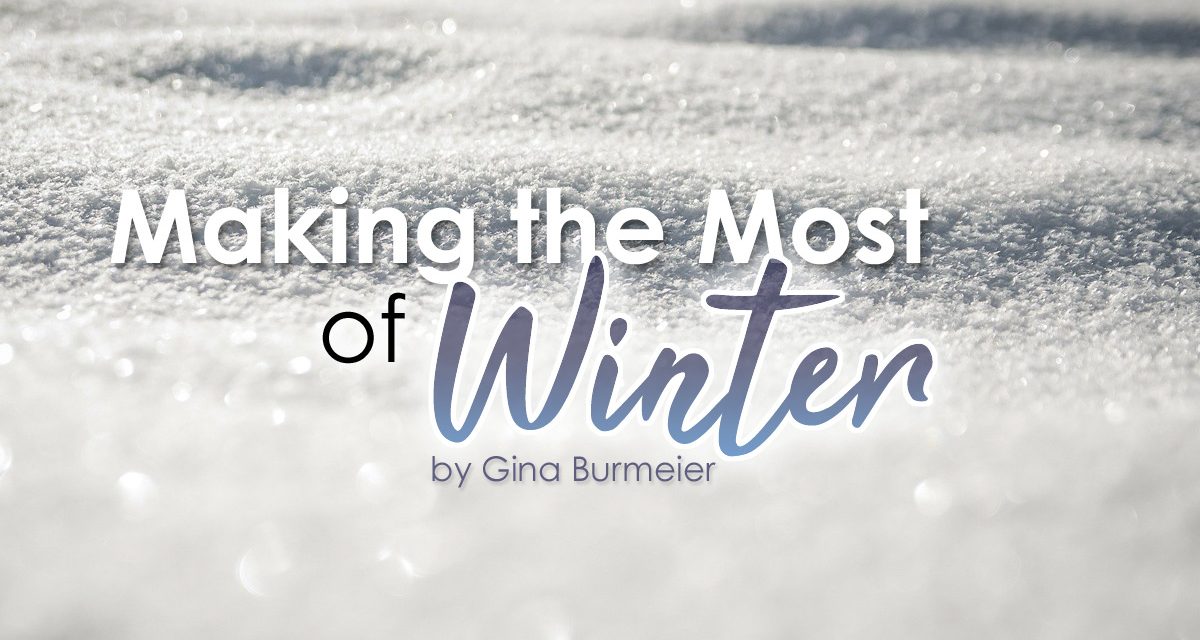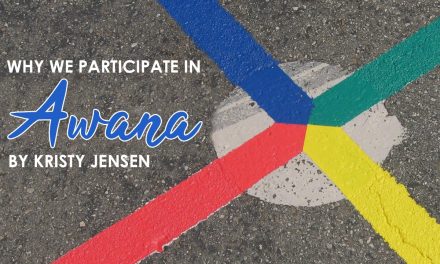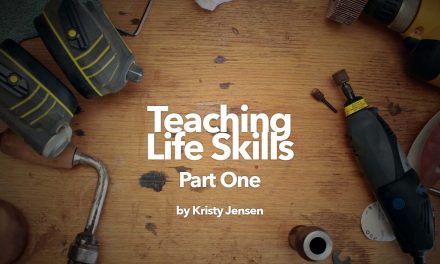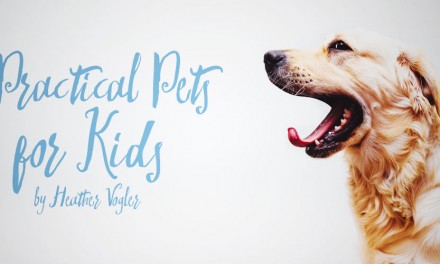Depending on where you live, February can bring the worst of winter weather with cold blistery days and/or snow and ice. Because of the weather, sometimes scheduling difficulties occur and plans are changed and cancelled. Or your family may have been hit with the dreaded cold or flu. This creates difficult days and everyone gets tired of the winter doldrums. Winter seems like it will never end. The children have cabin fever, looking for every opportunity to take a break and head outside. While not very fun, we were always inclined to take advantage of the long winter days and get as much school done as possible. However, on days when we just could not go outside, we still managed to incorporate some activities that broke up the monotony of everyday tasks.
Even in the midst of cold winter days, there are always fun learning activities you can do inside. Of course, you don’t need to save these ideas for a snowy or rainy day. Enjoy them year round!
Games are a treat for the entire family! One homeschool family I know sets aside one night a week for game night. With multiple-aged children, they begin the evening playing with the younger kids. After they are in bed, the older children have fun playing more age appropriate games with Mom and Dad. Or you can choose games that are simple but challenging enough for the whole family to enjoy such as Dutch Blitz, Uno or Family Charades
You can also bring games into your learning. For example, math games are everywhere. Anything from the simple dice games to the board game Monopoly® teach math skills. Even playing with LEGO® bricks teaches problem solving and critical thinking as well as spatial relations and area and perimeter. There are also many ready-made games for language arts such as Scrabble® or Bananagrams®. For history and science, Professor Professor Noggin’s trivia games have many options available.
Read Alouds are another great way to pass the winter months. Sit together in the evening with some hot chocolate or tea and enjoy an engaging book. You can even read a little each day after the lunch or evening meal while everyone is together. Having a wide variety of dress up clothes available is also a fun idea to let the younger children “live out” the books you are reading. Younger children can also enjoy drawing, coloring, or sticker books to keep them occupied. Investigate some examples of quality nonfiction read aloud series include the YWAM Heroes of History series, or for fiction, the Lamplighter Classics, Little House Books series, Anne of Green Gables, and Patricia St. John books.
Cooking together provides entertainment and valuable life lessons for the entire family. When studying history or geography, make dishes or feasts that go along with the time period or country being studied. Bring cooking into your science lesson by making a variety of foods and discussing the chemical reactions taking place. Or ask your older children to cook without a recipe and analyze the results. When children follow a basic recipe and they need to double it or cut it in half; they are exercising their math skills. You can also have fun planning and cooking a fancy full course meal. Have your children learn how to properly set the table and enjoy an elegant meal together at home.
Bring art into your day with a number of different options. Maybe you are a crafty person and continually do art projects. Try correlating art projects in with your history or science studies (the possibilities are endless). Make a castle or Roman arch together when studying medieval history or an edible ice bird feeder when learning about birds. If you are not very artistic, History Pockets are an excellent resource when studying history for elementary aged children that bring arts and crafts into your study. For an extra math activity, try origami (which works on measuring, thinking skills, geometric concepts, and spatial reasoning). Or if you just desire to have a fun craft time, your kids would love for you to bring out all the art supplies and let them use their imagination. Little ones can even join the fun with age appropriate supplies.
Learning is important and completing your requirements for the year is necessary. However, learning can also take place through educational opportunities that are not in textbooks. It’s okay to have fun while learning. When the winter weather keeps you inside, explore some of these additional activities to add some extra entertainment to your school day.
~ Gina





